Crafts from chestnuts and plasticine
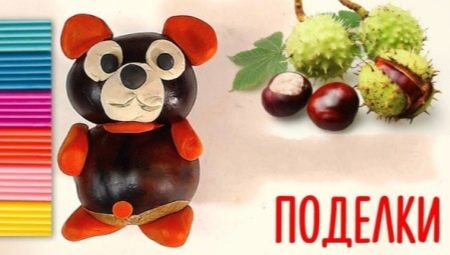
Chestnuts are familiar trees; in cities they are planted everywhere to purify the air, and the fruits are used to make medicines. However, any parent knows that the nuts of this plant can be a real find for creating crafts.
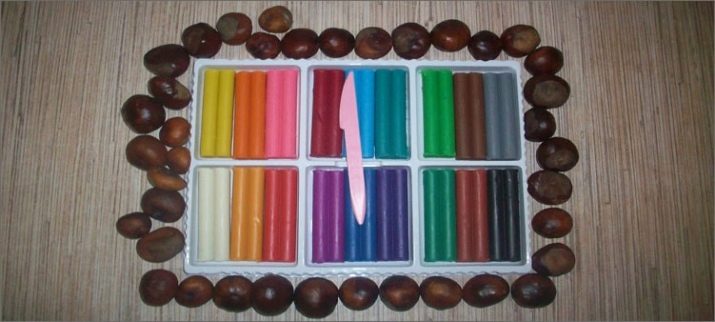
Such games engage even the most disobedient fidgets, and they also improve fine motor skills and develop the baby's speech.
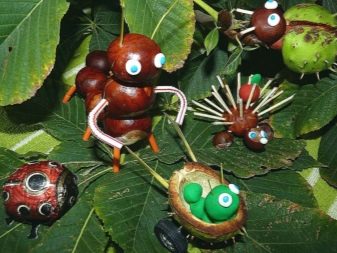
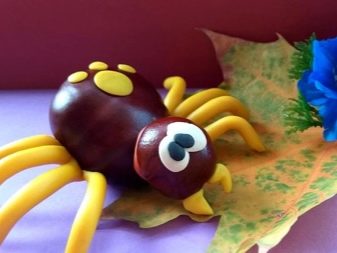
What kind of animals can you make
There are many ideas for fall crafts. Chestnuts are ideal raw materials for making funny animal figurines.
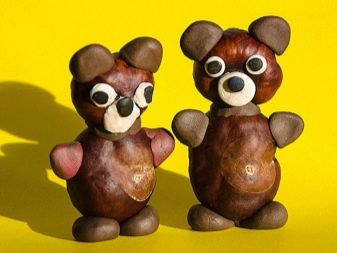
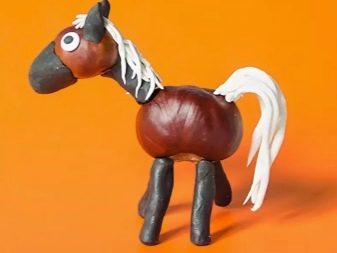
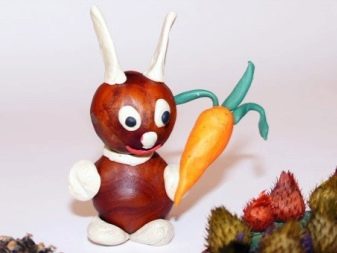
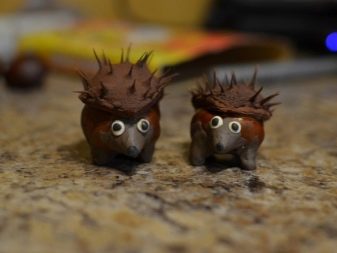
Bear
One of the easiest crafts that even a preschooler can do. For work, you need to prepare a couple of large fruits, plasticine, as well as toothpicks and a sharp awl.
Procedure.
- Fasten 2 large chestnuts with plasticine - this will be the head and body of the bear.
- Roll legs, handles, and a small tail from plasticine. Connect them to the torso.
- Using small pieces of plasticine, shape the ears, eyes, nose and mouth of the bear. They are placed on the "head", that is, on the upper chestnut.
The bear is ready.
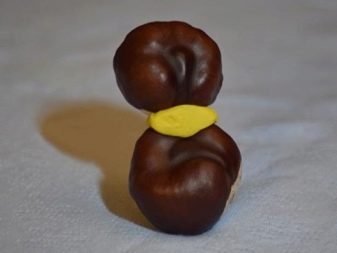
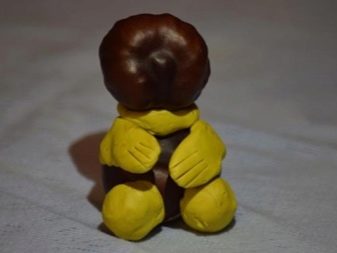
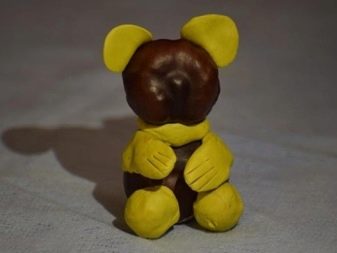
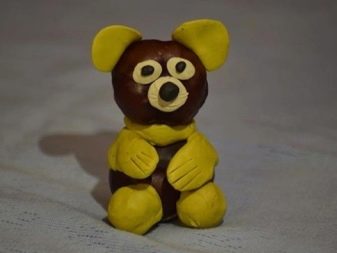
Horse
Another simple craft for young children. However, the work involves the use of an awl.
The baby cannot cope with it on its own, so adults must definitely help him.
You will need chestnuts, multi-colored plasticine and a toothpick.
Algorithm of actions.
- Use an awl to form 5 holes in one nut. Four of them are needed for attaching the legs, and one for the head.
- Using a toothpick, secure the torso and head, for maximum strength, coat the joints with plasticine.
- Plasticine legs and tail are fixed on the body. To shape the head, the mane, mouth and eyes are formed from plastic mass.
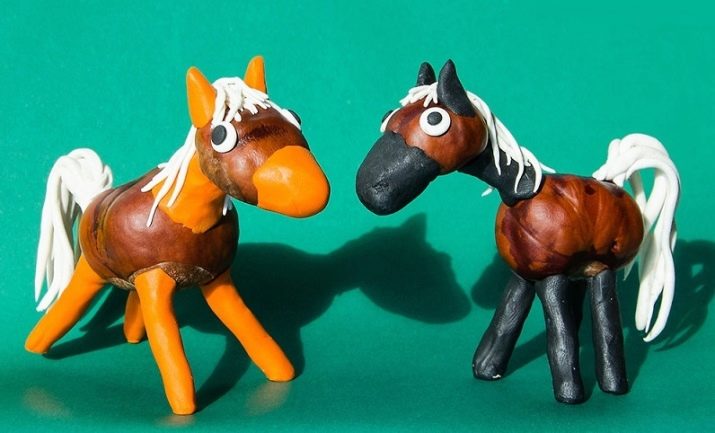
Hedgehog
Quite an easy craft, it is often done in kindergarten. For work, you need chestnuts, as well as their skin with thorns.
Step-by-step instruction.
- Take a chestnut fruit, glue a small piece of plasticine to it. Form a cone out of it - this will be the hedgehog's nose.
- Sculpt the paws, secure them from the bottom of the nut.
- Put a little plasticine on top and put the skin with thorns on it.
- The hedgehog is almost ready. All that remains is to make his eyes out of black plasticine and fix a small ball on the tip of his nose.
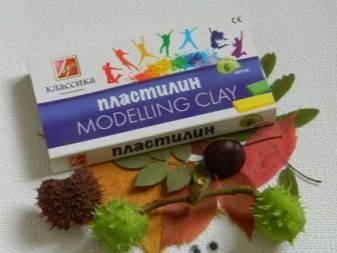
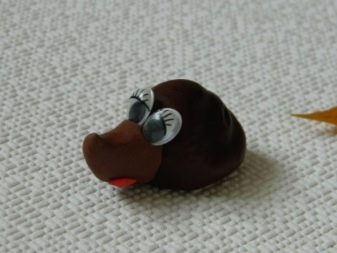
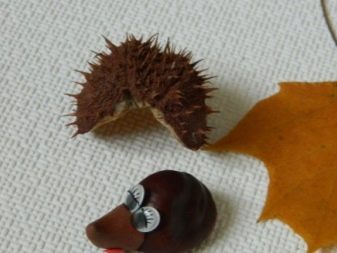
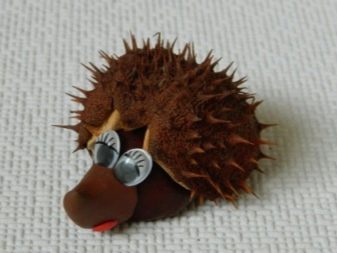
Hare
Chestnuts and plasticine make a very cute hare.
Operating procedure.
- First you need to take colored plasticine and form all the main elements of the craft out of it. Four legs, two ears and a "collar" are made of yellow plasticine. From red - mouth, from black - nose and eyes. Finally, you can take orange plasticine and sculpt a carrot out of it.
- After that, a couple of chestnuts of different sizes are glued together using a plasticine "collar".
- Ears, nose, eyes are glued to the upper small nut, then a mouth is added.
- The tail and paws are attached to the lower fruit. The work is almost finished - all that remains is to put his favorite carrot in the bunny's paws.
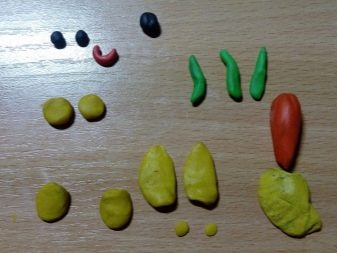
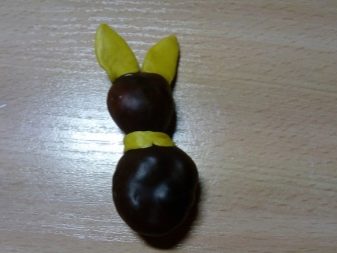
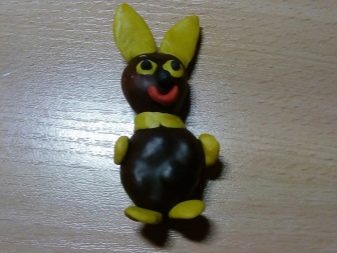
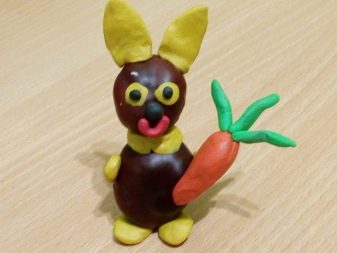
Fox
You can make a pretty beautiful fox from chestnuts. To do this, you need the nuts themselves, as well as white, black and, of course, orange plasticine.
- First, you need to roll a sausage out of orange plasticine. It is straightened a little with your hands and cut at one end - this will be the tail.
- Form a small cake to hold the head in place.
- For the ears, a couple of triangles are sculpted from plasticine, and another triangle twice as large will be a muzzle.
- To make the legs, you will need two flat ovals 1.5 cm long.
- After all the details are ready, you can start assembling the red-haired beauty. For this, it is very important to choose the right fruit. Oval chestnuts are taken on the body; for the head, it is better to give preference to round nuts.
- All parts are interconnected. Such a craft can become a real decoration of a children's corner.
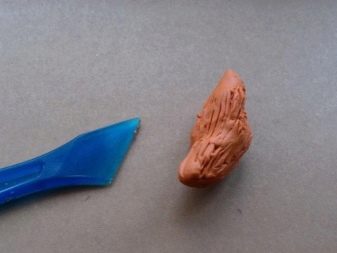
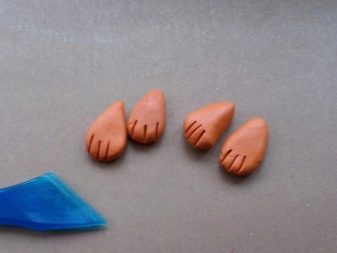
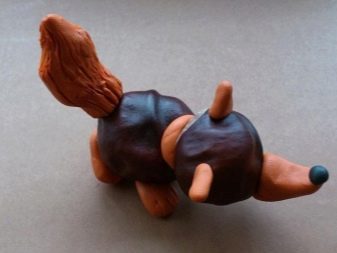
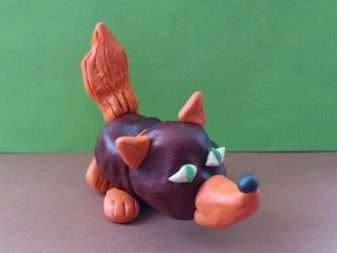
Insect modeling
Chestnuts make very beautiful and interesting insects. Even very young craftsmen can cope with the work of creating them.
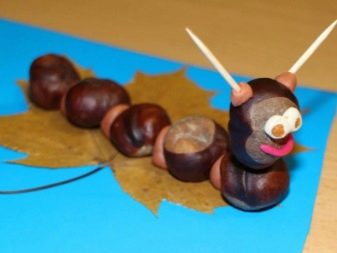
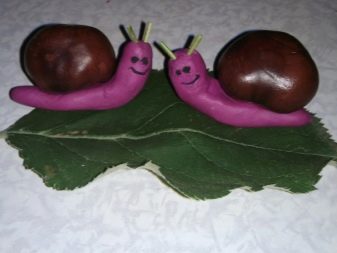
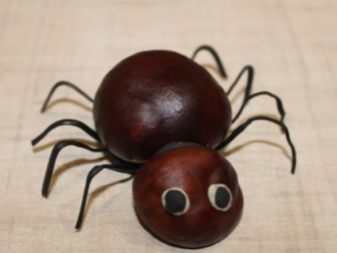
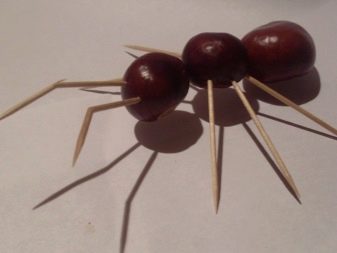
Beetles
This craft is considered quite simple for kindergarten children. It can be done from the age of 3.
It is desirable that the kid do everything himself, and the adults only give him hints.
For work, you need to cook chestnuts, their dry skins with thorns, twigs and plasticine.
Procedure.
- Take a couple of chestnuts: the first will be used to make the head, the second will be the body.
- Glue the nuts together with plasticine.
- On the chestnut that acts as a torso, attach a half of the shell with thorns and carefully cut it in half. The result should be something that looks like wings.
- Attach the eyes on the head.
- Form the legs using dry twigs. In the same way, make antennae, the branches for them should be slightly thinner.
All that remains after this is just to put the funny beetles on the dried yellow leaves.

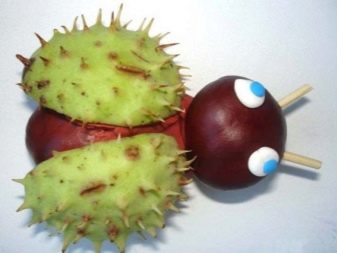
Ant
Ant making will surely appeal to little children.
Be sure to get ready for work: take a walk with your child in the park, pick up the largest round chestnuts.
One ant needs 2 fruits. Plasticine is useful in work, as well as toothpicks and a sharp awl.
Work algorithm.
- Combine 2 chestnuts together. To do this, a small hole is formed in each, a toothpick is inserted and fixed with plasticine.
- Using plasticine or dry twigs, form the legs.
- The eyes and mouth are made from small plasticine balls.
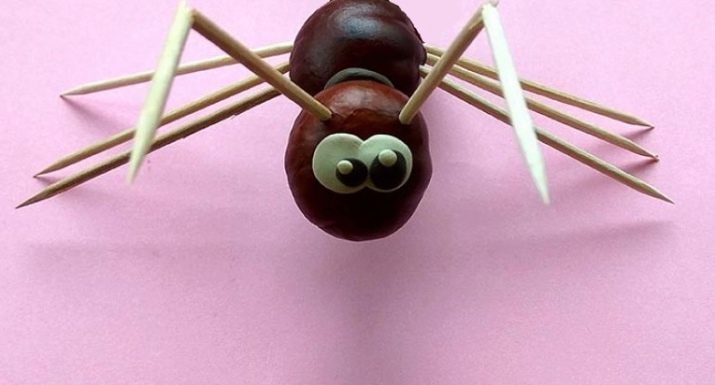
Caterpillar
Probably, there is nothing easier than assembling a caterpillar from chestnuts. Young children really like this work - the imagination here is limited only by the number of fruits. The caterpillar can be small, or it can resemble a long snake.In the work you will need plasticine.
The procedure is pretty simple.
- Hold the chestnuts together with a small plasticine layer.
- Decorate the outermost chestnut with eyes, a mouth and a small antennae.
- For greater stability, fasteners are made with toothpicks. In this case, the child may need adult help.
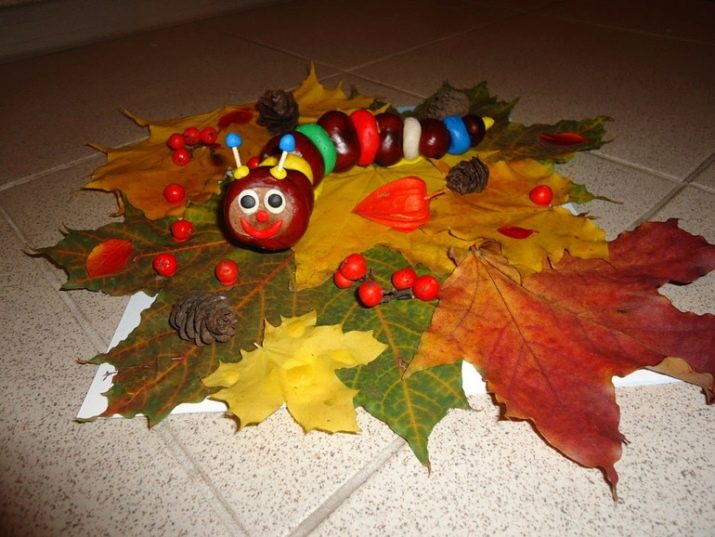
Spider
The job of making a spider is a little more difficult. You will need a large chestnut, 8 toothpicks, a sharp knife or scissors, and plasticine of black, yellow and red shades.
Procedure.
- To begin with, a hemisphere is formed from black plasticine and fixed on a nut.
- Small circles are made of red plasticine, slightly flattened and attached to a black element - these will be eyes. To achieve expressiveness, the pupils are squeezed onto them with a toothpick.
- A cake is formed from an orange plastic mass - it will be the basis for a spider. In the future, you will use it to fix the legs.
- Toothpicks are cut into two parts - this is done with scissors or a sharp knife (in this case, the children will need the help of their parents).
- Wooden blanks are interconnected. The resulting paws are stuck into the orange pad under the chestnut.
Please note that spiders have 8 legs (4 on each side).
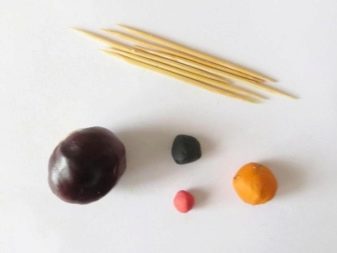

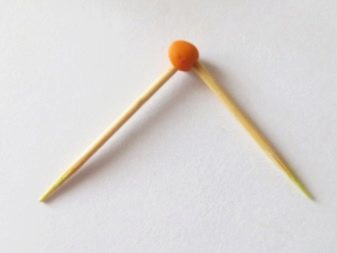
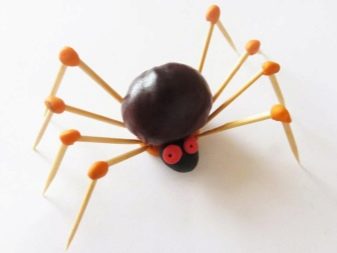
Snail
Making a chestnut snail is very exciting.
- To begin with, a sausage is rolled out of plasticine. On the one hand, it is lightly pressed with your fingers and slightly sharpened, and on the other, it is cut into two halves.
- The chestnut is placed in the middle of the resulting ribbon.
- The part of the craft that is cut is lifted up.
- The snail is almost ready. It remains only to draw black beady eyes and cheerful smiles with colored plasticine.
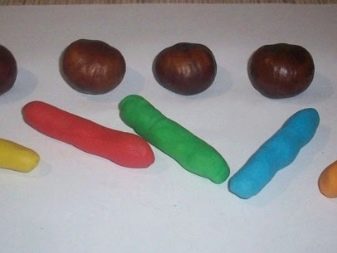
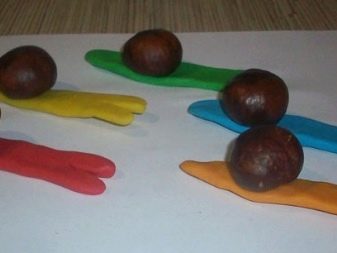
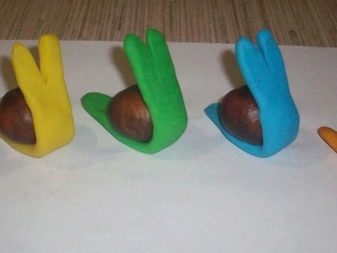
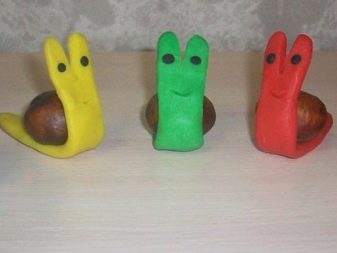
What else can you sculpt
Many interesting crafts can be made from chestnuts and plasticine: mushrooms, flowers, an owl, and even New Year's toys. Consider step by step the manufacture of the lightest of them.
Mushrooms
Such a craft can only be done with your parents. To work, you need plasticine, chestnuts and a stack.
Procedure.
- The adults should prepare the chestnut first. To do this, cut off the entire peel from it with a sharp knife, thus obtaining an even cap.
- A mushroom leg is formed from plasticine and both parts are connected.
- All that remains is to decorate these mushrooms. Kids love making fly agarics. They look especially beautiful if you put them on prepared dry leaves.
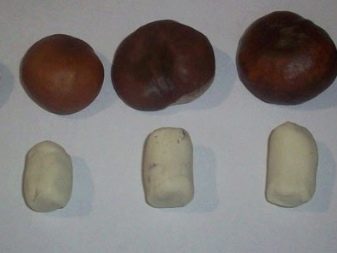
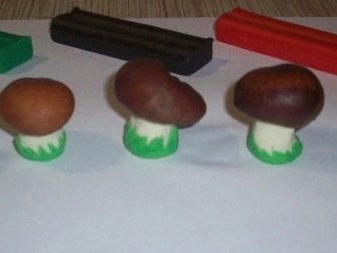
House of chestnuts
This is not an easy job that requires concentration and meticulousness. Older guys will handle it best.
If you are going to do the craft with young children, then they will definitely need help.
To create an unusual home, you will need chestnuts with plasticine, as well as dry leaves, thick cardboard, scissors and glue.
Work step by step involves several stages.
- Cut 9 rectangles out of the cardboard. One of them will act as the bottom of the house, 4 will become the roof, 4 more - the walls.
- Use a glue stick to glue the layout together.
- Cover the walls of the resulting structure with nuts. Try to attach them as close to each other as possible so that there are practically no gaps left.
- The roof of the house is pasted over with dry leaves. If you wish, you can refine the clearing around such an original hut.
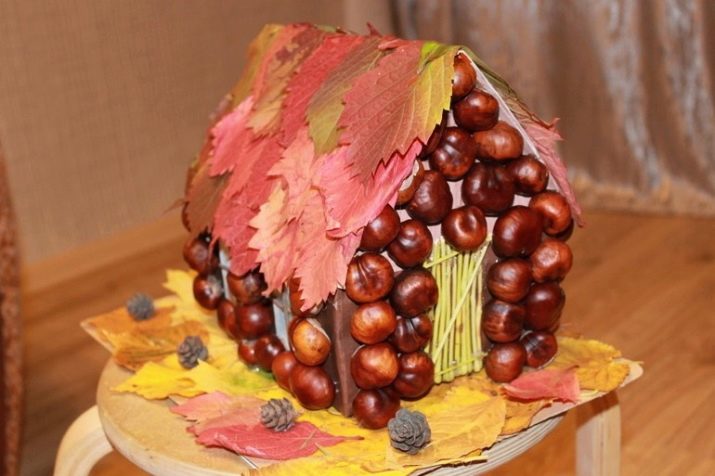
Cheburashka
A favorite fairytale hero can be obtained from 8 chestnuts. Of these, 4 should be large and 4 small. For work, you will need plasticine, wooden toothpicks and an awl.
It is very easy to fold it. Large chestnuts will go to the body, head and ears - they are held together with toothpicks. Legs and arms are formed from small ones.
If you have not found them, do not despair, the legs can be made from plasticine. This will make Cheburashka no less cute.
After that, all that remains is to attach the eyes, nose and a cheerful smile.
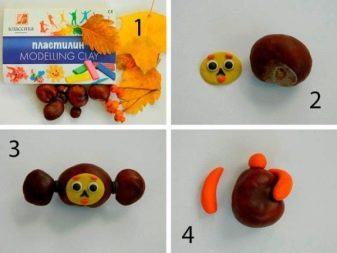
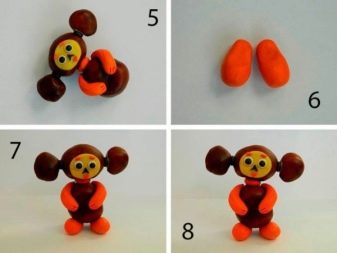
Teapot
You can try to make a kettle from chestnuts. To do this, you need a round nut, an acorn cap and plasticine.
The order of work is phased.
- A flat circle is formed from plasticine - it will play the role of a base so that the kettle is stable.
- An acorn cap is attached to the chestnut on top. With the help of multi-colored plasticine, they slightly decorate it.
- The teapot spout and handle are made entirely of plasticine.
After that, it remains only to decorate the resulting product.
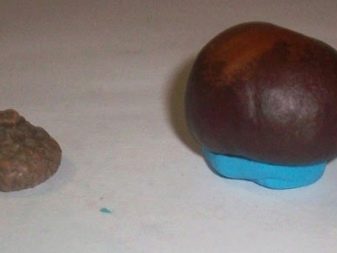
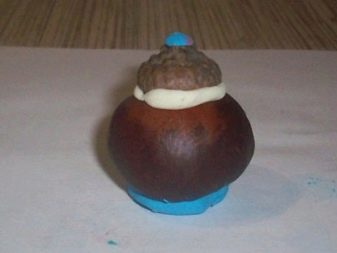
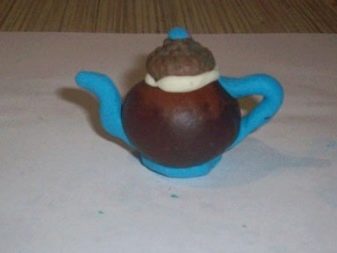
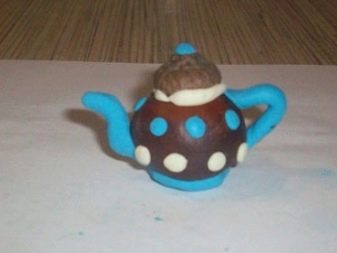
We introduced you to a selection of original ideas for making crafts from chestnuts and plasticine. Making them with your own hands is not difficult, but some products require the help of adults.
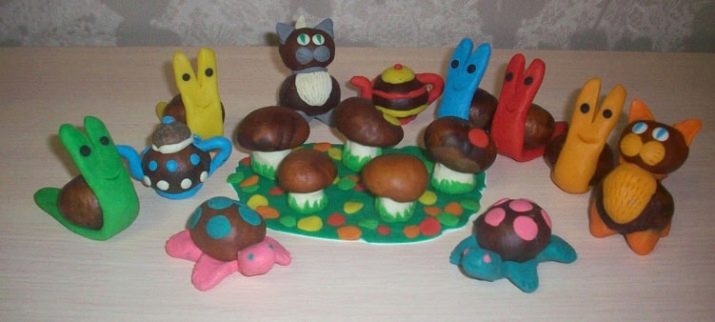
How to make a turtle from chestnuts and plasticine, you will learn in the next video.








